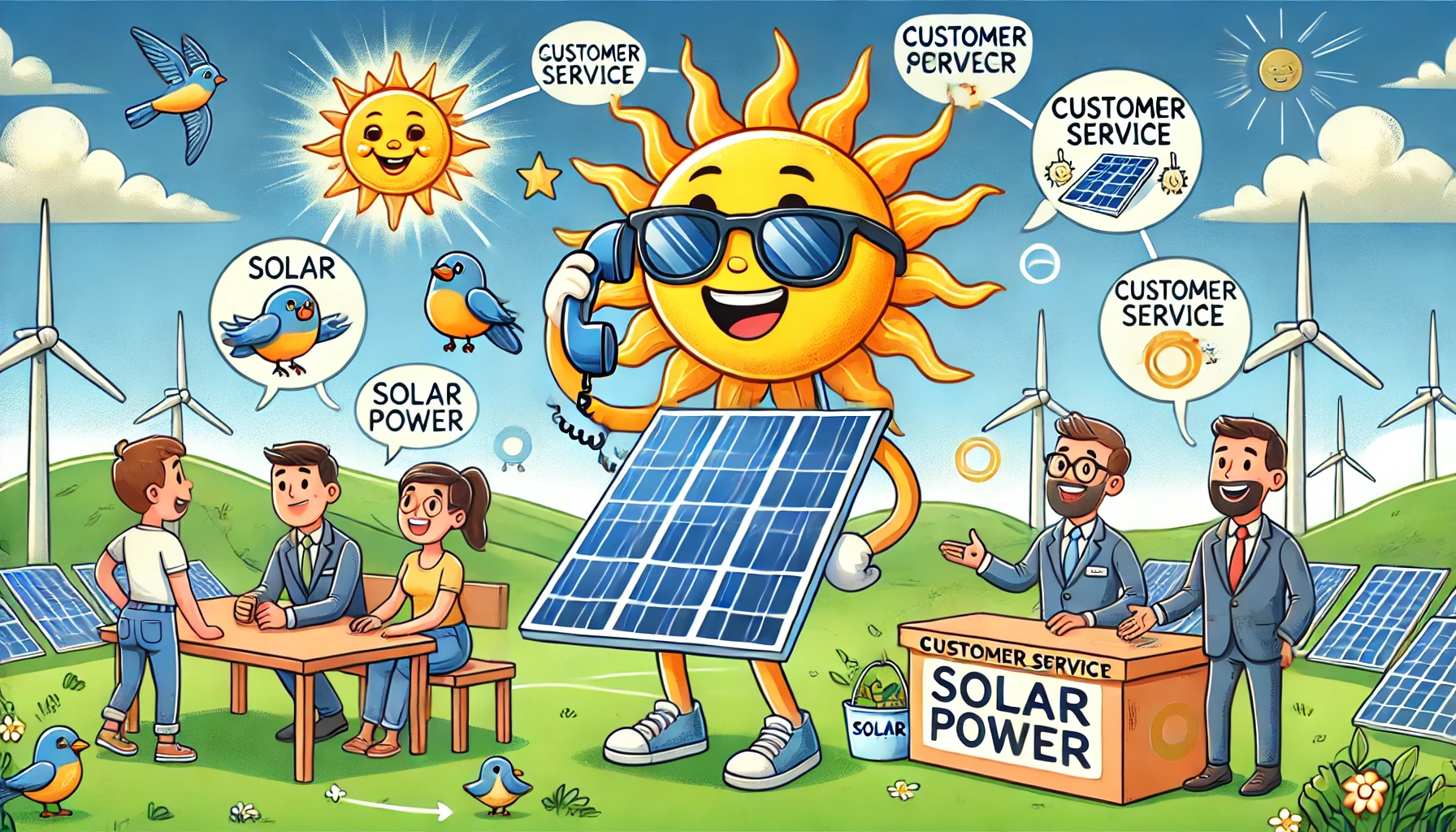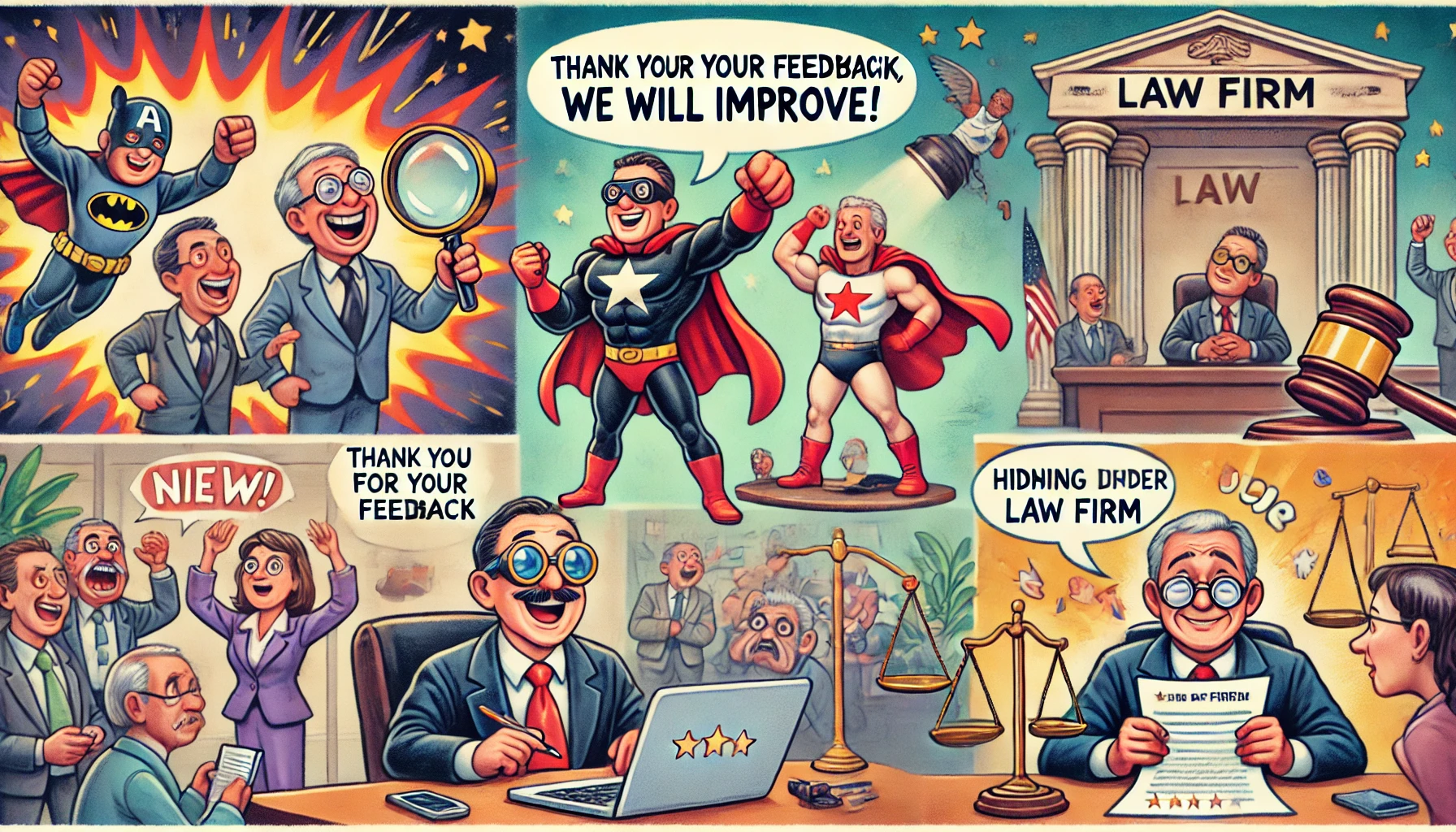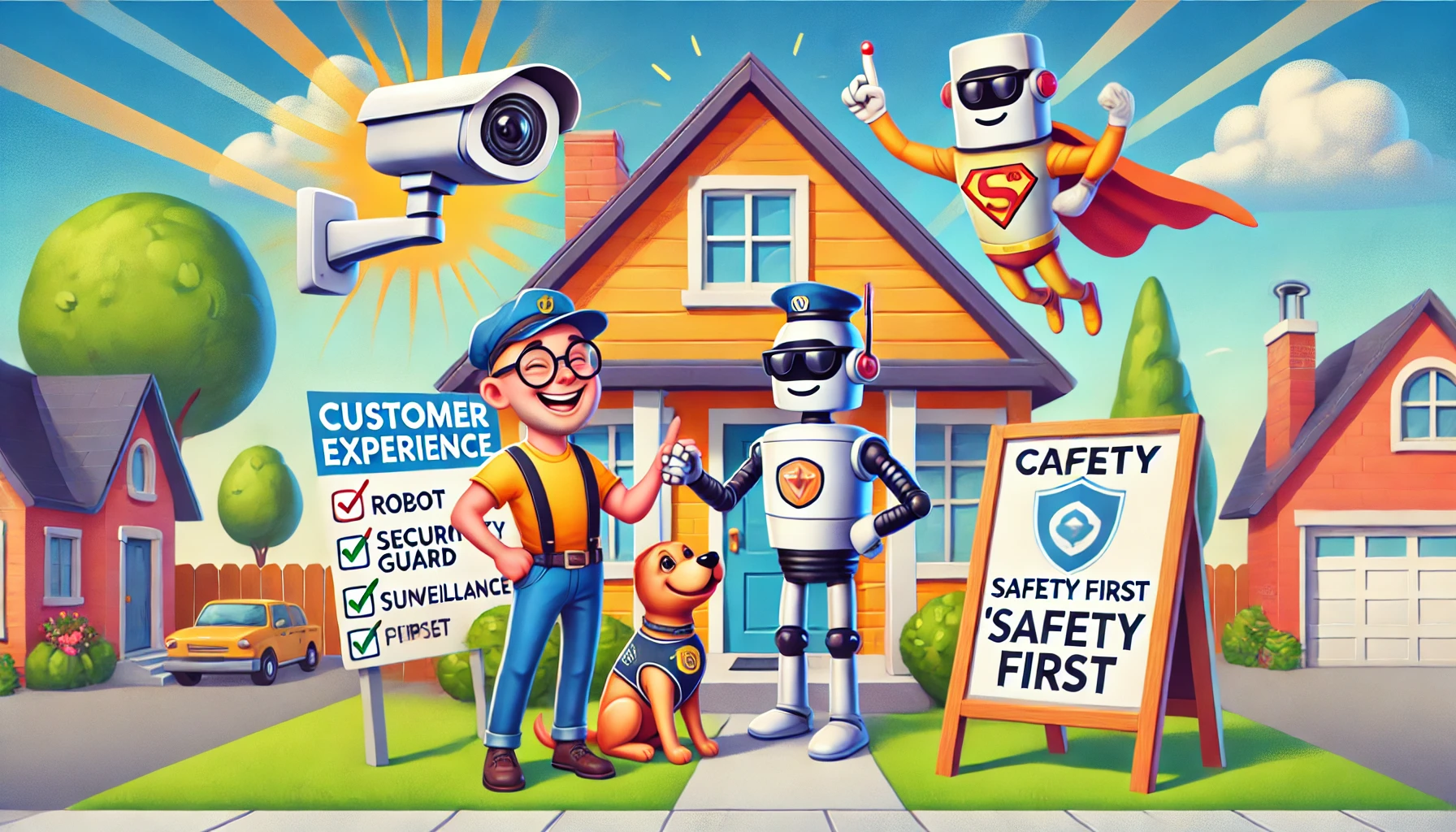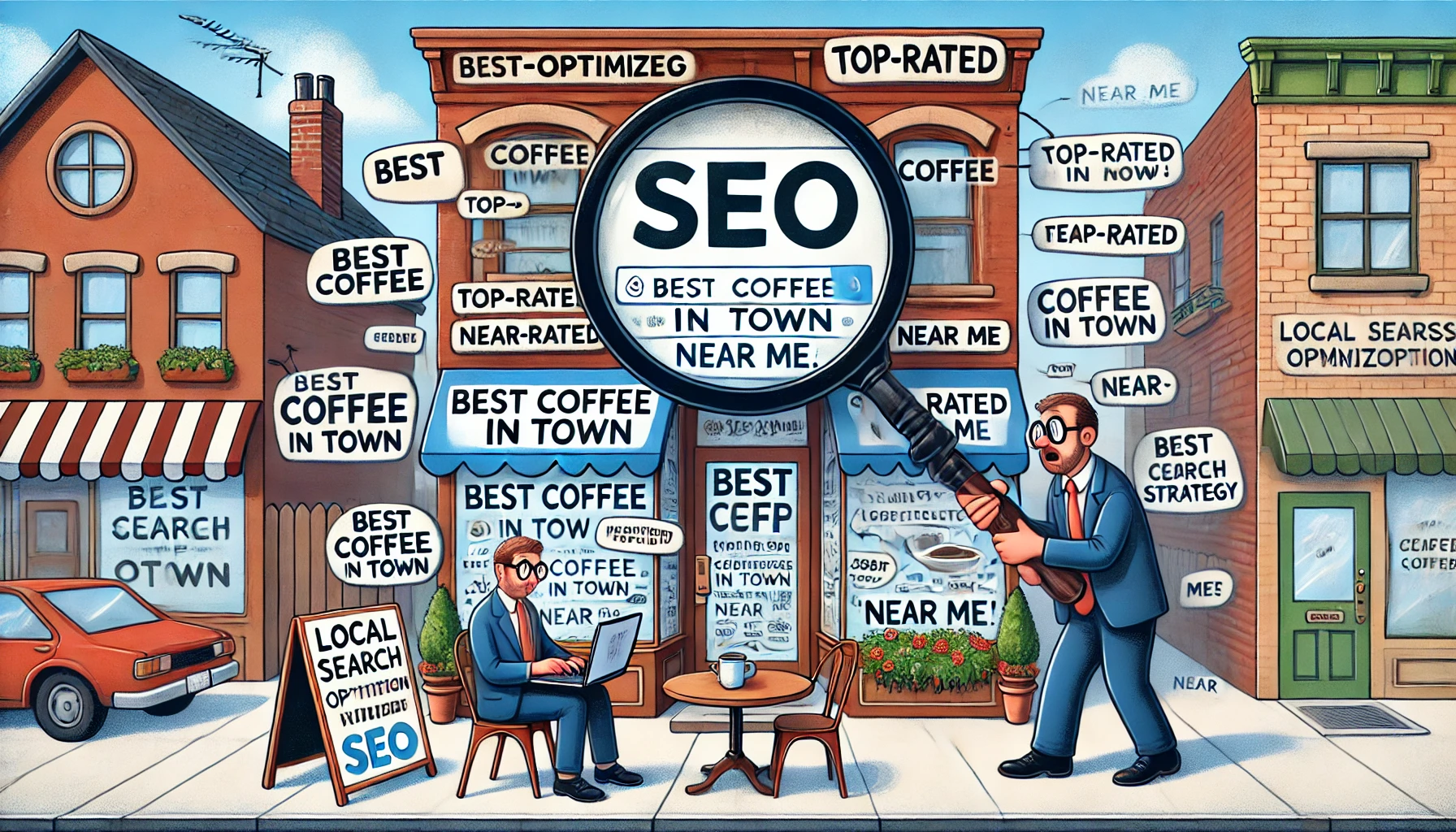Developing an effective customer success strategy: Boost retention, satisfaction
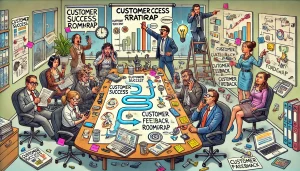
The essentials of a robust customer experience strategy
Creating a formidable customer experience (CX) strategy is essential for any organization aiming to excel in service and engagement. Customer experience encompasses every interaction a customer has with a company—whether through person-to-person contact, product packaging, or the service provided.
Understanding this broad perspective is crucial for crafting strategies that enhance every touchpoint in the customer journey.
Recent studies show that 86% of buyers are willing to pay more for a great customer experience, highlighting the importance of refining every aspect of CX to maintain a competitive edge (PwC, 2022).
Defining the vision
The foundation of an effective CX strategy starts with leadership, where a clear vision of the desired customer experience is articulated. For instance, Ritz-Carlton encapsulates their CX vision in a simple nine-word statement: “We are Ladies and Gentlemen serving Ladies and Gentlemen.”
This clarity allows employees to align their actions with the company’s vision from the outset, ensuring consistency across all customer interactions.
Communicating and training
Clear and consistent communication of this vision across all organizational levels is vital. Following communication, tailored training ensures that every department—from front-line staff to warehousing and accounting—contributes to the customer experience.
Research indicates that companies with strong omnichannel customer engagement strategies retain 89% of their customers, compared to 33% for companies with weak strategies (Aberdeen Group, 2021).
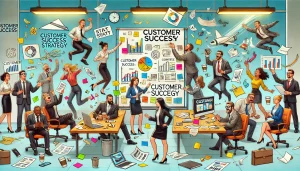
Leading by example and mapping the journey
Leadership must act as a role model, embodying the vision and promptly addressing any misalignments. Journey mapping, which outlines all customer interactions from the first contact to final product delivery, is essential.
Steve Jobs famously emphasized the importance of product packaging as part of Apple’s customer experience, demonstrating the broad scope of potential touchpoints.
Effective journey mapping can increase customer satisfaction by up to 20% and reduce customer service costs by 15-20% (McKinsey, 2022).
Addressing service gaps and empowering employees
Despite high self-assessments of customer service quality, a significant gap often exists between company perceptions and customer experiences. Addressing these gaps is critical for maintaining a competitive edge.
Empowering employees to make decisions enhances customer loyalty and satisfaction, fostering a culture where customer service is viewed as a philosophy embraced by the entire organization.
A study by Bain & Company revealed that companies excelling in customer service grow revenues 4-8% above their market (Bain & Company, 2022).
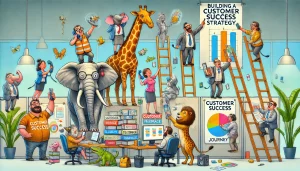
Understanding customer success
Defining customer success
Customer success is a strategic approach where businesses proactively help customers achieve their goals through effective use of products and services. This method boosts engagement, retention rates, and revenue.
The adaptability of customer success to each organization’s unique offerings and specific customer goals is key to its effectiveness.
According to research, businesses that focus on customer success see a 17% increase in customer satisfaction and a 12% increase in customer retention rates (HubSpot, 2022).
Differentiating customer success from related concepts
Customer success is often confused with customer experience and customer support. While customer experience covers all interactions from the first contact, customer success specifically focuses on helping customers achieve their intended outcomes after a purchase.
Customer support, in contrast, is reactive, addressing issues as they arise.
Building a robust customer success program
To implement a successful customer success strategy, businesses must establish clear goals, invest in a dedicated team, utilize the right tools, develop a customer success roadmap, define success metrics, and implement incremental changes. Each of these steps is critical in ensuring that the customer success program not only meets but exceeds customer expectations.
Companies that adopt a comprehensive customer success program can see a reduction in churn by 27% and an increase in upsell opportunities by 35% (Gartner, 2021).
Employing tactical strategies for customer success
Effective customer success strategies include tactics such as welcome surveys, personalized onboarding experiences, in-app guidance, and regular feedback loops. These approaches deepen the connection between customers and the brand, increasing loyalty and reducing churn.
A study shows that 70% of customers who experience personalized interactions are more likely to be loyal, further illustrating the importance of these strategies (Salesforce, 2022).
The path to a powerful customer strategy
Building a powerful customer experience and customer success strategy requires a clear vision, consistent communication, tailored training, leadership by example, and regular celebrations of success. These elements are crucial for maintaining a positive reputation and ensuring customer loyalty, both of which are essential for driving business growth and sustainability.
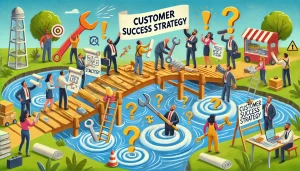
Expert opinions on building a customer success strategy
Sophia Nguyen, customer success lead at vertex cloud solutions “Personalization isn’t just a buzzword; it’s a necessity in today’s market. Using AI to analyze customer data can help create individual customer profiles, which can then be used to tailor communications and solutions effectively, making each customer feel uniquely valued.”
Jameson Ward, Senior consultant at customer engagement professionals “Training and development for your customer success team can’t be overlooked. A well-trained team not only understands the product inside and out but also knows how to empathize with and solve customer problems, which is crucial for building long-term relationships.”
Natalie Zhao, Innovation leader at marketfront analytics “Feedback loops are vital. Whether it’s through surveys, direct calls, or social media, gathering and acting on customer feedback improves their experience and your offerings. It shows that you value their input and are committed to evolving with their needs.”

 5 min
5 min 
